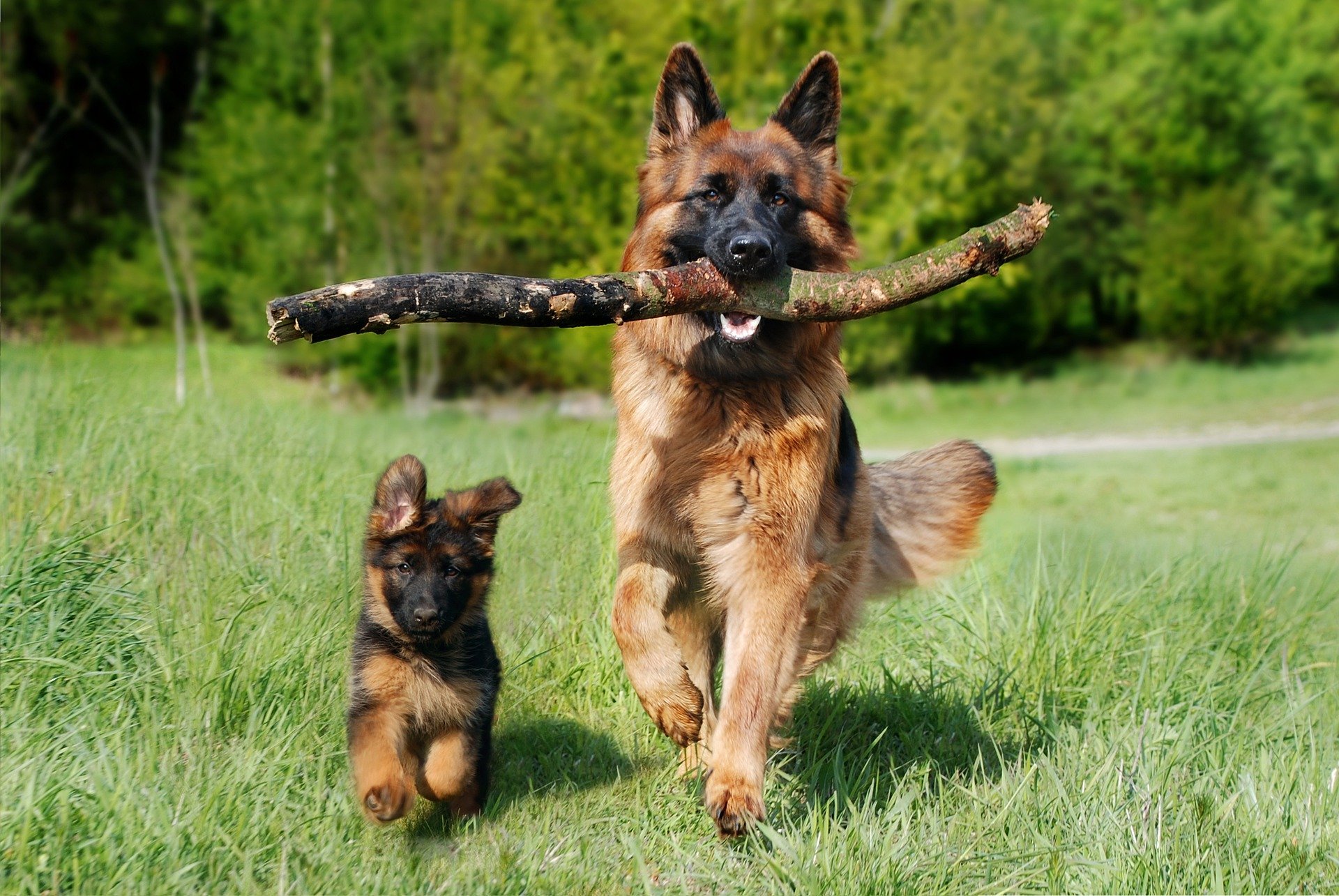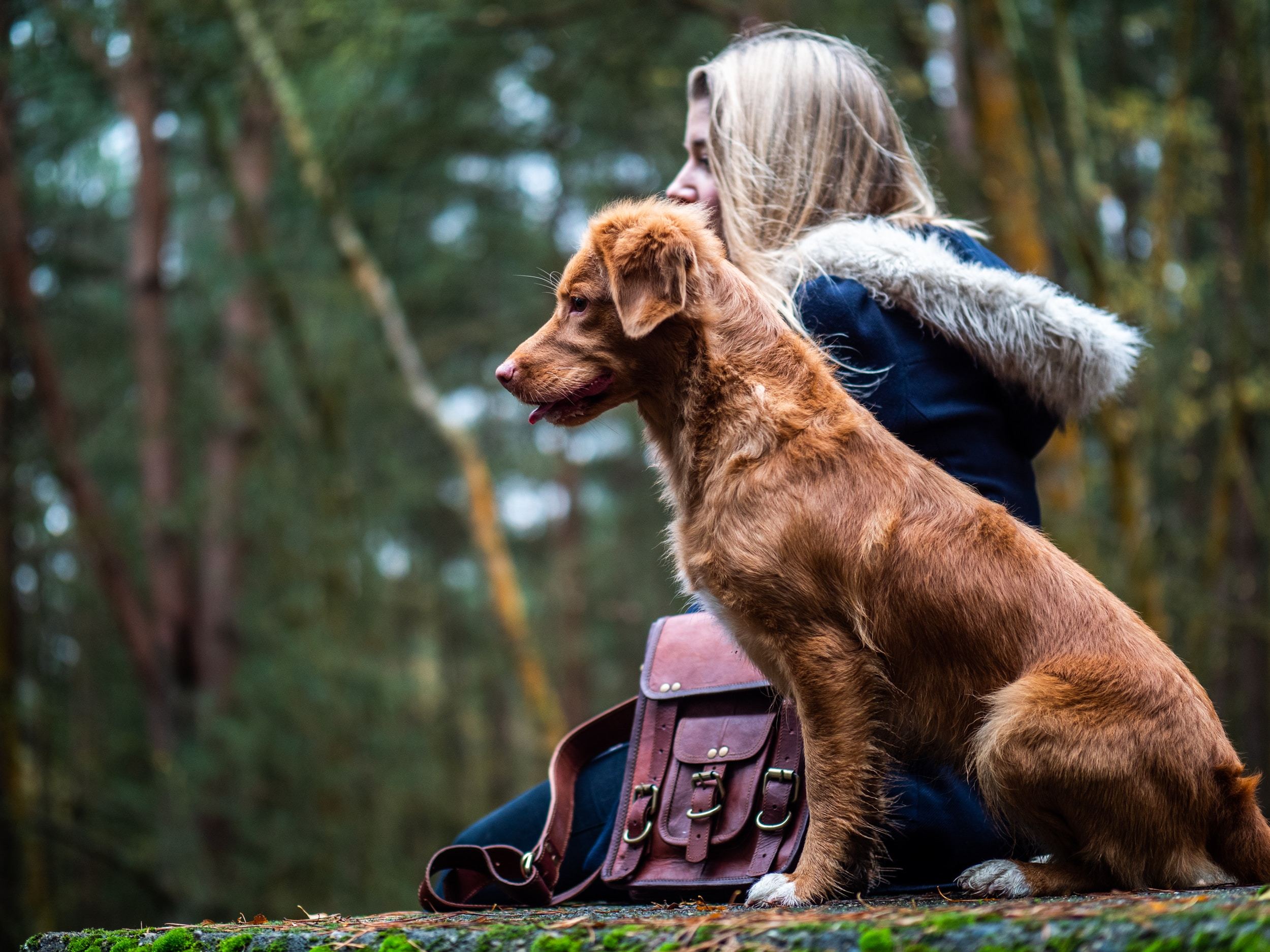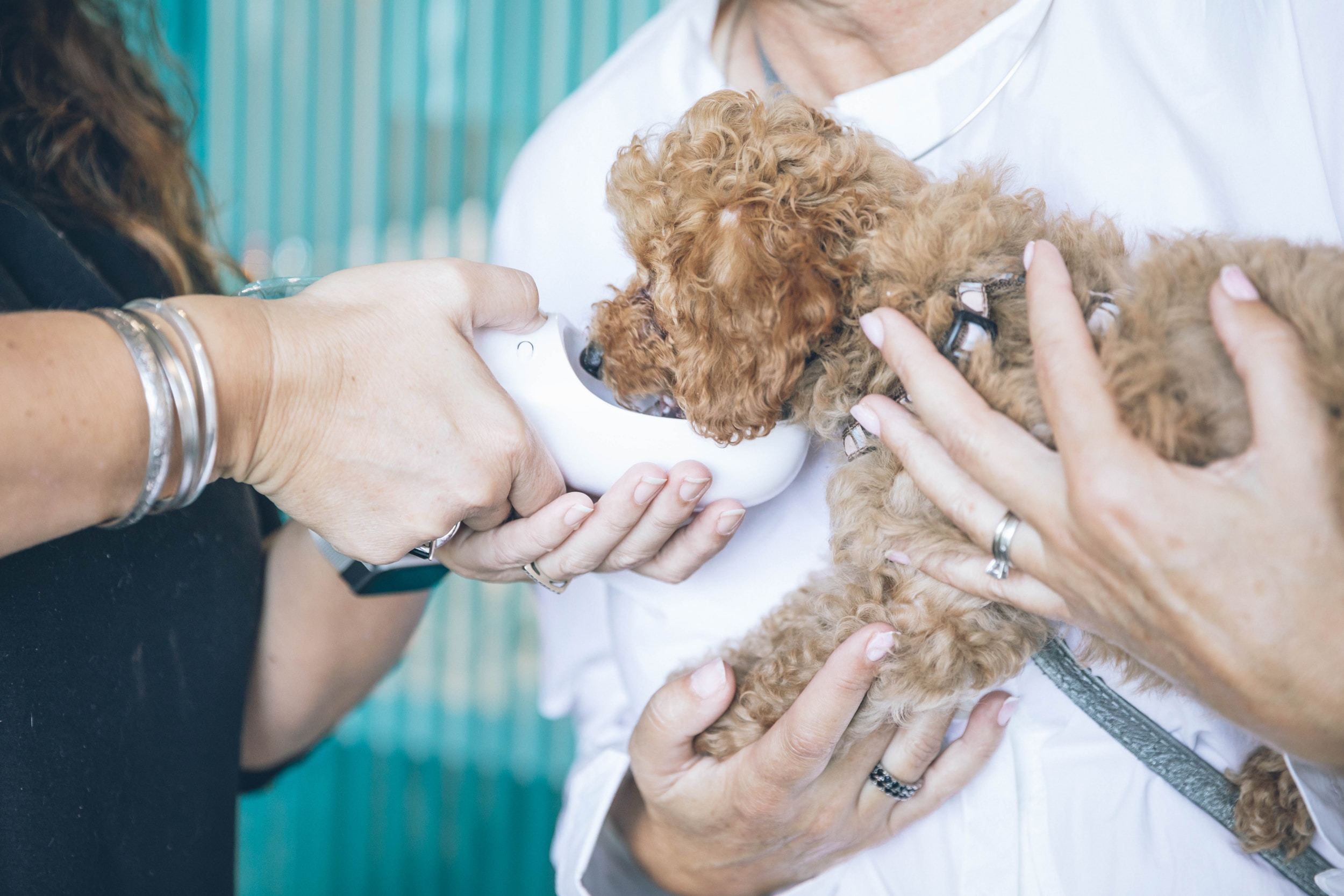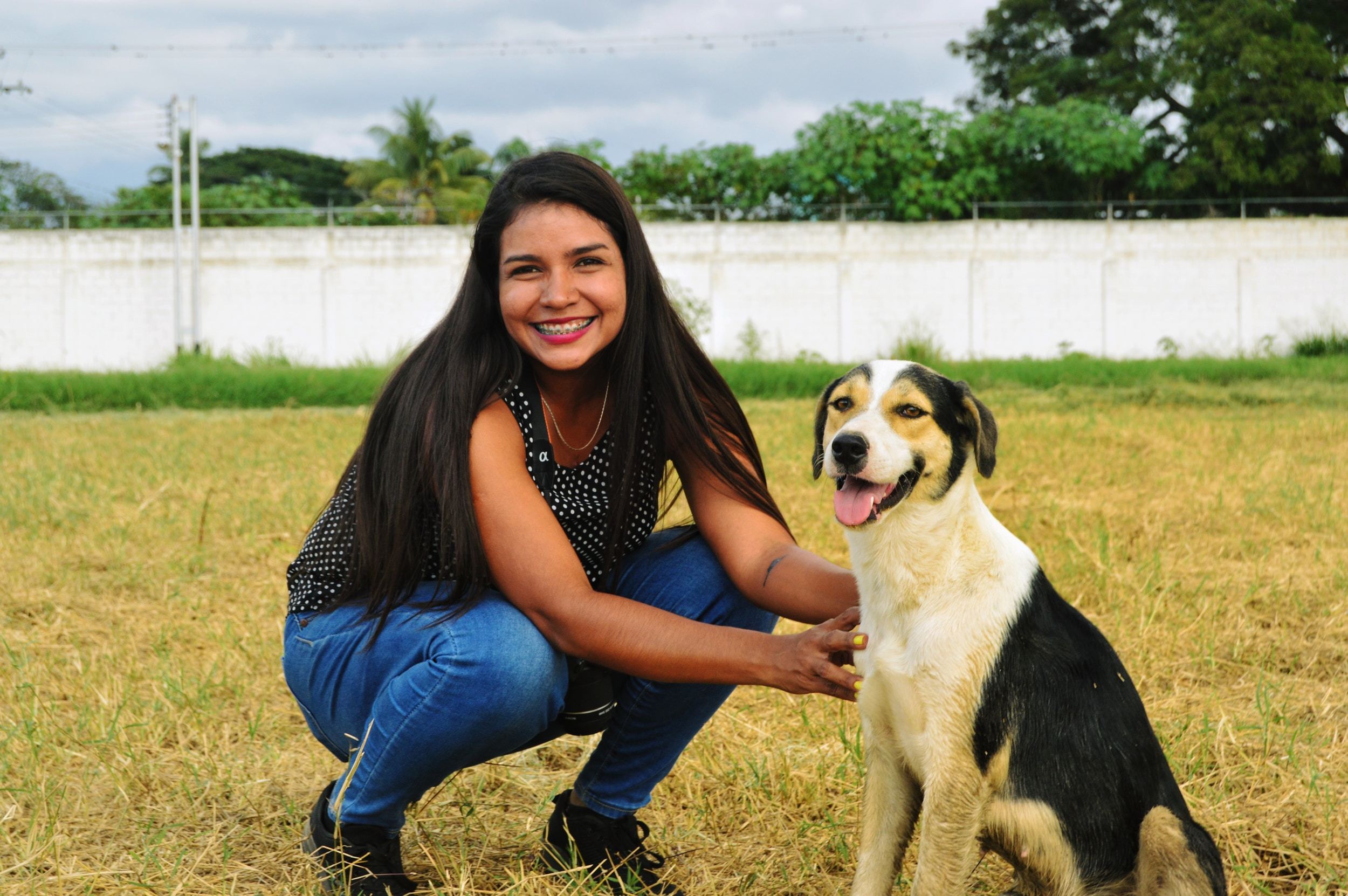Have you ever though about your dog’s personality? I mean beyond saying, “This dog is soooo stubborn!” How about your own personality? Have you considered how your own personality changes your dog’s behavior? (Spoiler alert, some research indicates YOUR personality might influence your dog’s behavior and their stress levels even more than their own personality!) Lets start by looking at the human side of personality. The most commonly used personality scale in psychology is the “BIG 5”. Here they are:
Extraversion (which relates to where you get your energy—from being with other people or being alone)
Agreeableness (cooperation)
Openness (willingness try consider new ideas and experiences)
Conscientiousness (goal oriented-ness)
Neuroticism (tendency toward anxiety or depression) Now for the Dog Side. There are a few assessments for Dog personality.
My favorite and the one most used in research is the Dog Mentality Assessment (DMA). The different measures are meant to closely relate to the Human “BIG 5”. Here they are:
- Aloof- sociability* (the degree to which dogs seek engagement with people),
- high arousal- calm* (how much dogs are watchful and easily aroused by their environment),
- novelty avoiding-curiosity* (how interested dogs are in novel objects and distracting stimuli),
- Seriousness-playful*
- Aggressiveness- Placidness*
And it includes an “over-arching” factor that impacts all the others:
For the most part research show that good fit between dog and owner personality impacts the training picture. The BIG 5 trait that most impacts clearly impacts the dogs stress level is #5. If the owner is experiencing anxiety or depression, it’s likely the dog is too. Which goes to show the importance of taking care of own mental health! It impacts you and those around you (including your dog)!
Another BIG 5 personality trait that is shown to have a big impact is coconsciousness—and maybe not in the way you would think! It turns out that conscientiousness is negatively correlated with improvement in some behavior issues—possibly because conscientious owners can sometimes be too goal oriented and not allow for the dogs own personality. Remember, each dog is an individual and training will proceed differently for different dogs!
**This particular article contains a lot of science. Want the references? Send me a message and I’ll pass along the citations**



